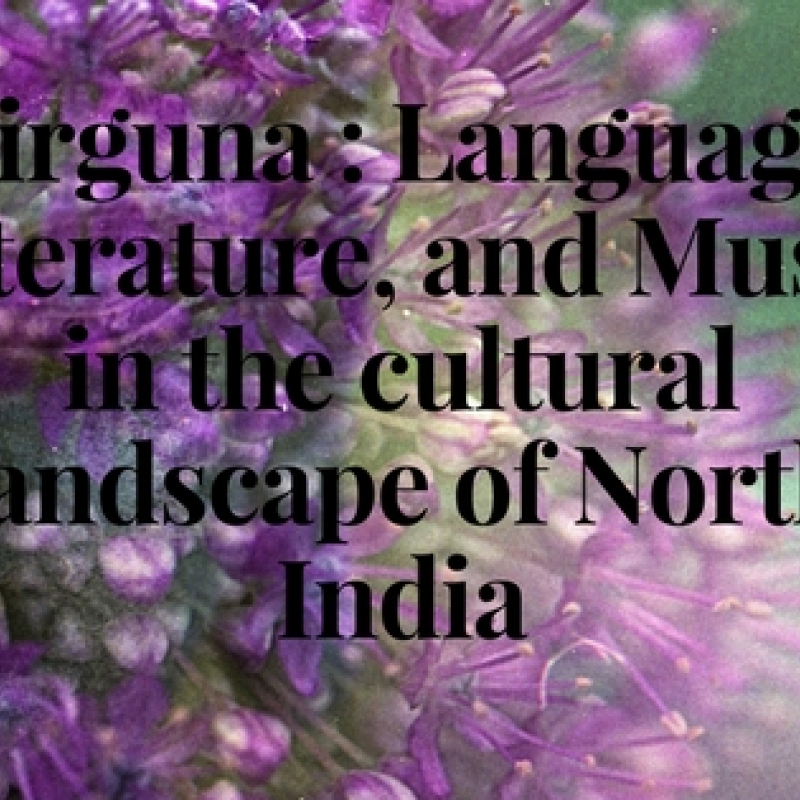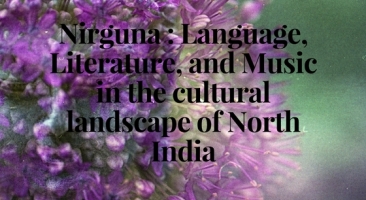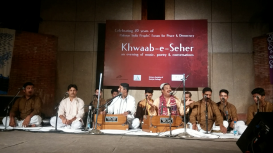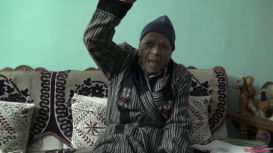The term nirgun or nirguna is a Hindi word deriving directly from the Sanskrit nirgun, and meaning 'without form'. It refers to the Bhakti concept with which nirgun songs are associated; the nirgun deity has no form or attributes. Nirgun is a form of aniconic worship of the formless as opposed to the saguna tradition which is the worship of religious icon and deities with form. This form of worship was propagated by nirgun saints through their writings and songs by breaking away the oppressive caste and gender hierarchy associated with temple worship of icons. They often use the metaphor of life, death, wedding, nature, journey, travel and vidai(ceremony after marriage where women bid adieu to their father's home) and creates altering form of gender relations between lover and beloved. These songs share characteristic features with the poetry accredited to Kabir, the medieval Indian saint to which most of them are self- attributed. They emphasize the transitory nature of life, non-attachment to the mundane, the inevitability of death, and salvation through devotion.
Nirgun Traditions of North India
in Module
Published on:

Saumya Mani Tripathi
Saumya Mani Tripathi is a research scholar at School of Arts and Aesthetics,JNU. She is an ardent theatre practitioner and currently teaches Theatre Arts at Maharshi Valmiki College of Education, Delhi University. She is deeply invested in the interdisciplinary study of all art forms and is an amateur painter. She has been working on her documentary film on Farmer suicides for past 3 years . Her research area focuses on politics and performance and the role of new media in contemporary art. She is an active cultural activist and loves to travel and document various cultural practices in India and abroad.





